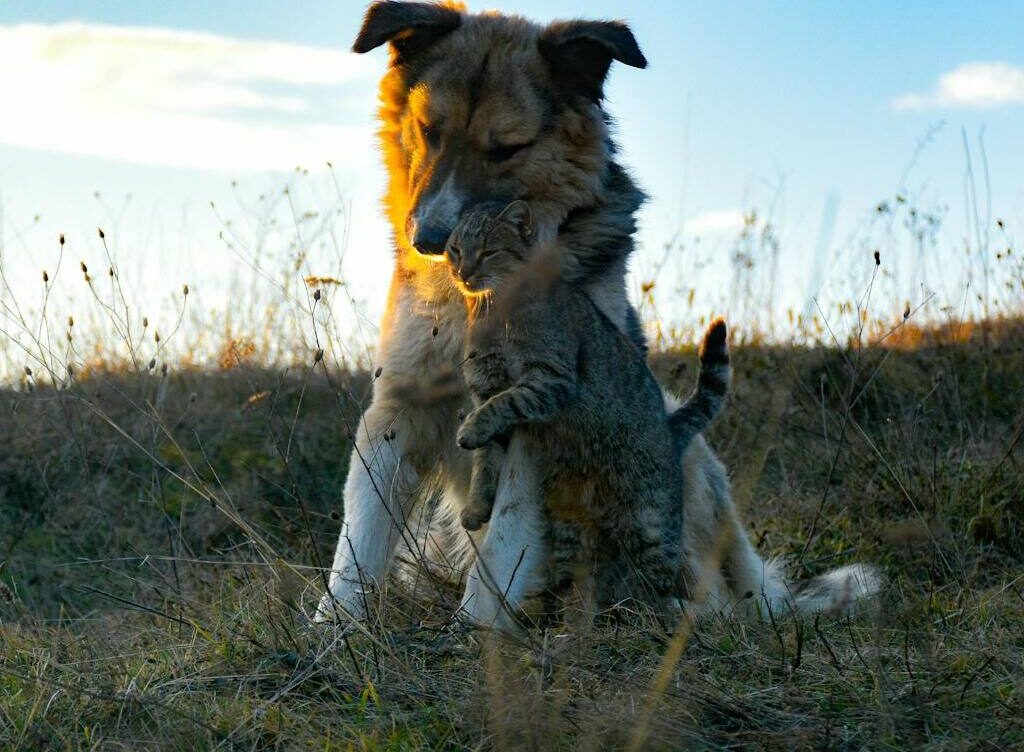
How Dogs and Cats See the World Differently
Have you ever wondered how your pet perceives the world? While we humans rely heavily on our color vision and sharp detail perception, dogs and cats experience their surroundings quite differently. From their ability to see in the dark to their perception of colors, let’s explore the fascinating differences between canine and feline vision.
1. Color Perception: Dogs vs. Cats vs. Humans
Contrary to popular belief, dogs do see colors, but not in the same way humans do. While humans have three types of color receptors (cones) that allow us to perceive a full spectrum of colors, dogs have only two. This means their vision is similar to a person with red-green color blindness, primarily seeing shades of blue and yellow.
Cats, on the other hand, also have limited color vision but are believed to see a slightly broader range than dogs, with some ability to detect greens. However, their world is still much less colorful than a human’s.
2. Night Vision Superiority
Both dogs and cats have a significant advantage over humans in low-light conditions. Their eyes contain more rod cells, which are responsible for detecting motion and light in dim environments. Additionally, they have a special reflective layer behind their retinas called the tapetum lucidum, which enhances night vision by reflecting light back through the retina.
3. Motion Detection and Peripheral Vision
Dogs are excellent at detecting movement, even from a distance. Their eyes are positioned more on the sides of their heads, giving them a wider field of vision—up to 250 degrees compared to a human’s 180 degrees. However, this comes at the cost of some depth perception.
Cats, being natural hunters, are even more finely tuned for detecting motion. Their vision is optimized for spotting quick movements, making them excellent at tracking small prey in dim conditions. Their depth perception is superior to a dog’s, allowing them to gauge distances precisely before pouncing.
4. Sharpness and Focus Differences
While human eyes have a high number of cone cells that allow for fine detail, dogs and cats have fewer cones, making their vision slightly blurrier. Dogs, in particular, struggle with focusing on objects up close but excel in detecting movement from afar. Cats, being nocturnal hunters, have sharper focus but still do not see fine details as well as humans.
5. Sensitivity to Light and Flickering Images
Cats and dogs are much more sensitive to light and flickering images than humans. This is why television screens, which appear smooth to us, may seem like a flickering slideshow to them. Dogs, with their higher flicker-fusion rate, can detect rapid movement in ways that humans cannot.
